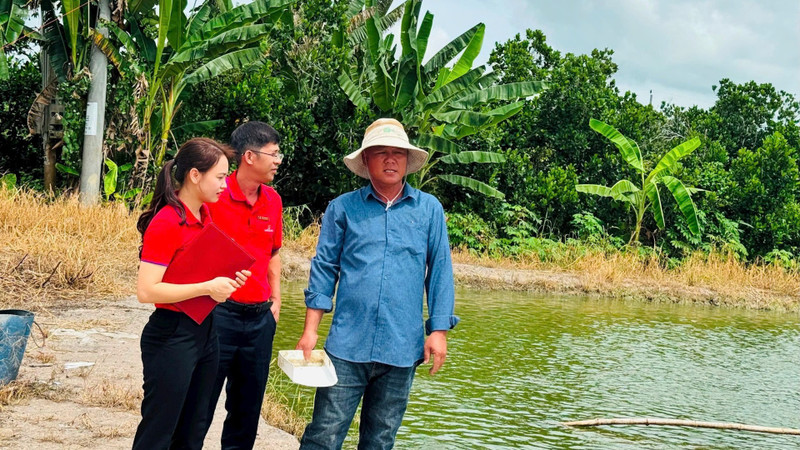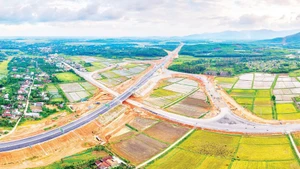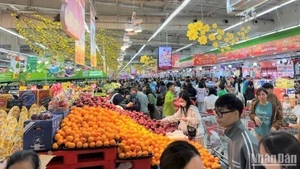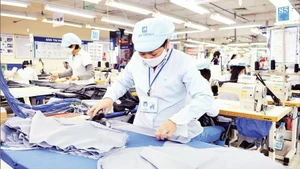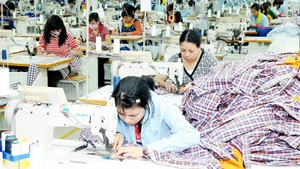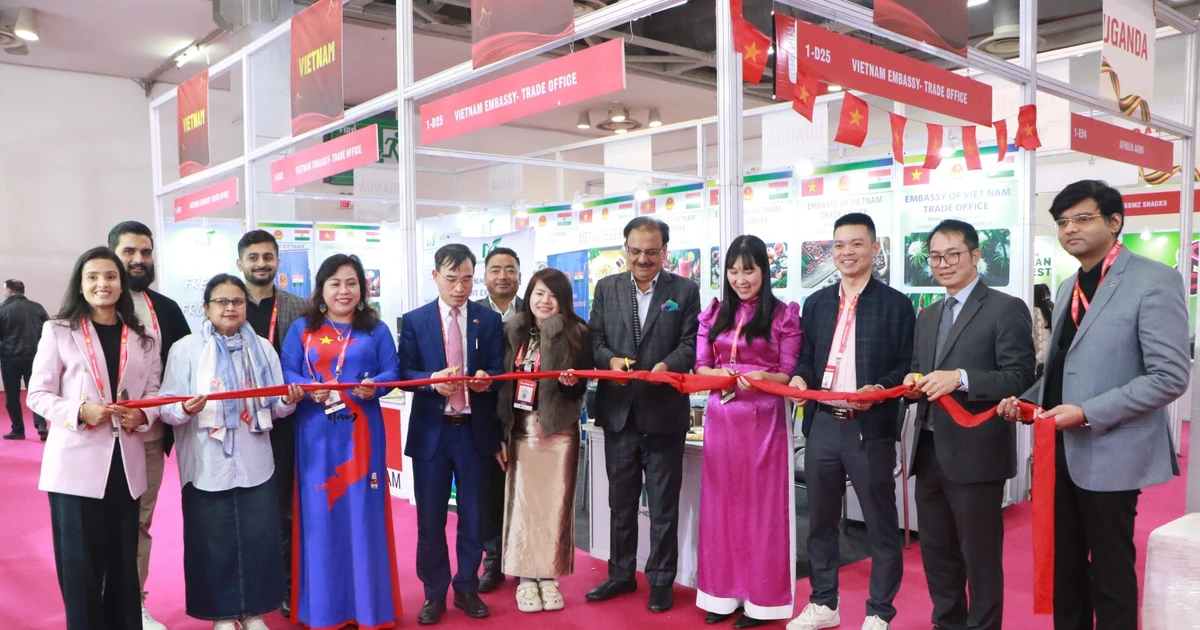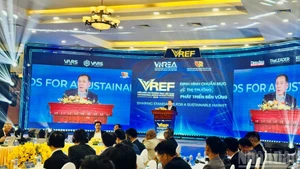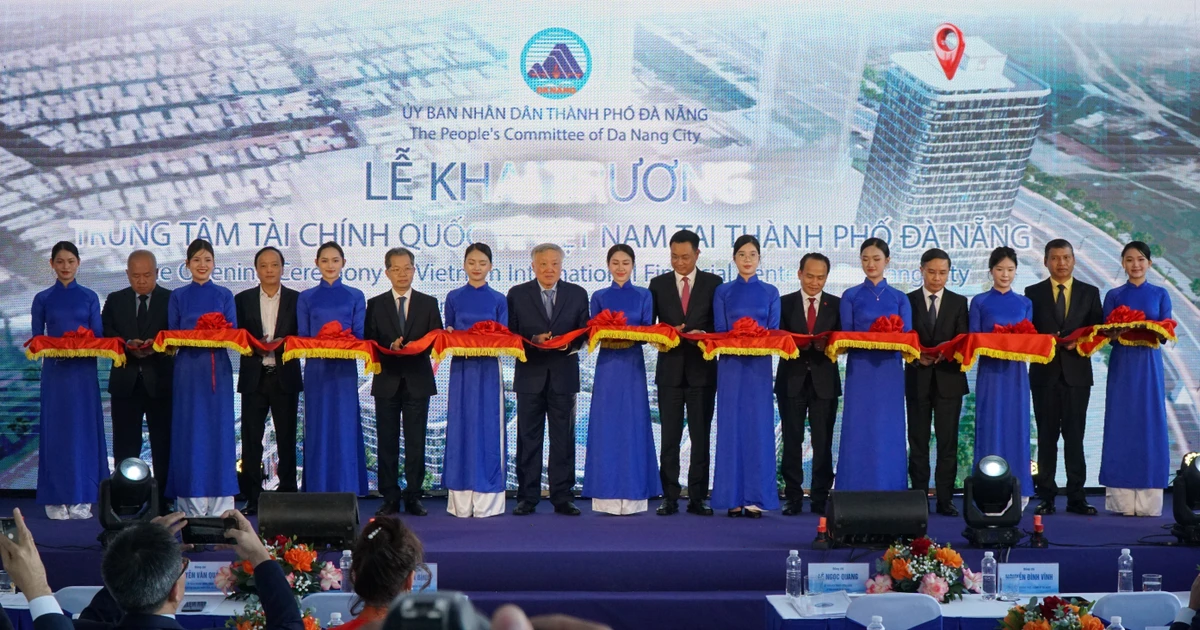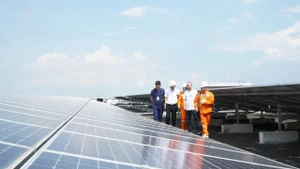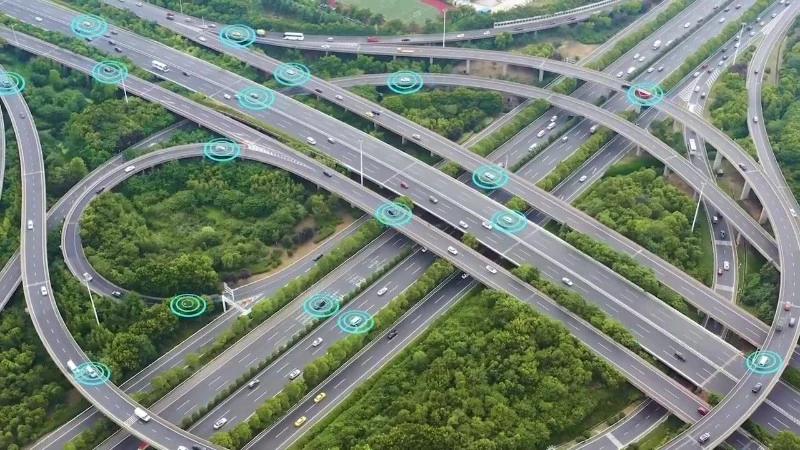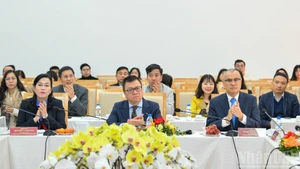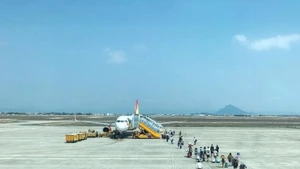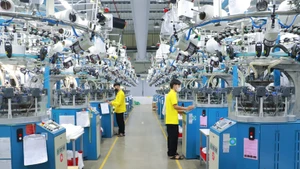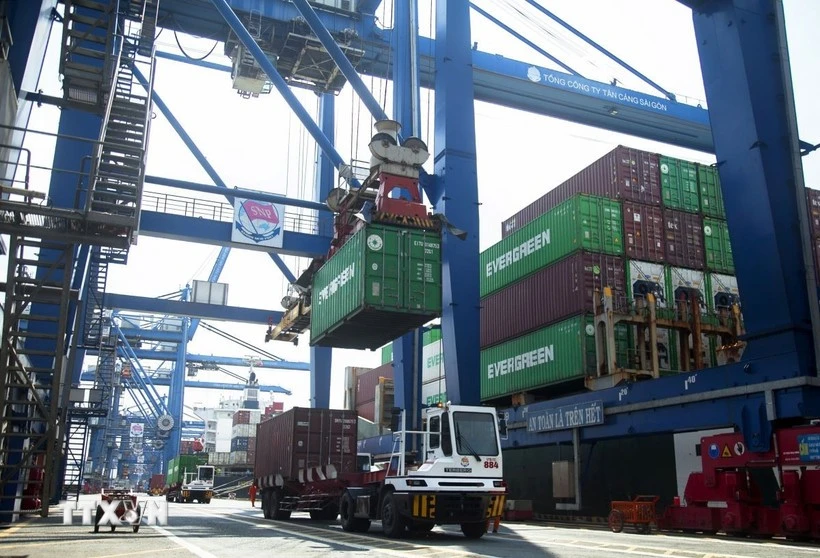From investment in production, technological application and deep processing to expanding export markets, capital flows are the “lifeblood” nurturing productivity, value and ambition in this sector.
According to the State Bank of Viet Nam, by the end of June 2025, credit for agriculture and rural development had risen by 5.31% compared with the end of 2024, accounting for 23.16% of the economy’s total outstanding loans. The growing scale of credit for the “tam nong” policy (ecological agriculture, modern rural areas and civilised farmers) demonstrates that agriculture is among the sectors receiving substantial capital flows from the banking system, underlining its potential for greater efficiency.
For years, commercial banks – notably Agribank, BIDV and Vietcombank – have rolled out a series of preferential loan packages for agriculture, farmers and rural areas. Green credit and loans supporting clean production and emissions reduction have also been introduced, helping farmers and enterprises align with sustainable development trends.
Unlocking wealth for farmers
Amidst the splashing of fingerling tra fish competing for feed, farmer Huynh Tan Dat shared his story with evident pride: “A few decades ago, I bought a tractor to work for hire, but the income was hardly worth mentioning. Luckily, I was able to access Agribank’s preferential credit programme and started raising tra fish fingerlings.”
“Beginning in 2009 with a loan of 600 million VND, by 2015 I had expanded to 8 hectare of ponds, producing about 400 tonnes of fingerlings annually and earning up to 500 million VND per hectare per year. If conditions are favourable, I can make 3-4 billion VND annually on the current area. With expansion, my bank loans have also grown, now reaching 4.6 billion VND. This capital has enabled me to think bigger and invest boldly in pond upgrades, feed and inputs. The market demand for tra fingerlings remains huge, and with sufficient financial resources, I plan to expand further in the future,” he said.
Similarly, Nguyen Ngoc Huan, Director of Khiet Tam Cooperative, at Thanh An commune, Can Tho, secured 7.8 billion VND from Agribank to develop seed rice production.
Producing some 5,000 tonnes of seed rice annually under contract with the Cuu Long Delta Rice Research Institute, the cooperative now operates a closed-loop model from production to harvesting and marketing. Unlike a decade ago, when financial hardship forced it to sell grain immediately after harvest, even at low prices, the cooperative can now hold stock and sell when prices rise, thanks to strong capital support.
With more than 300 hectare under seed rice cultivation, generating average profits of over 40 million VND per hectare, member farmers are more confident and enthusiastic about participating.
Stories like those of Dat and Huan are clear evidence of agriculture’s resilience when fuelled by timely, well-targeted credit. Beyond providing livelihoods, capital becomes a crucial link in the production–processing–export chain.
In 2024, Viet Nam earned 2 billion USD from tra fish exports and exported 9.18 million tonnes of rice worth 5.75 billion USD – achievements rooted in the ponds and fields of farmers supported by credit.
Creating new agricultural value
Instead of farmers having to approach banks themselves to seek information about production loans, we have gone directly to them, providing information and guiding them through the procedures for preferential loans to develop agriculture. The bank regularly streamlines procedures, shortens appraisal times and helps borrowers access capital quickly and conveniently.
Phung Thi Binh, Deputy General Director of Agribank
Phung Thi Binh, Deputy General Director of Agribank, said: “For many years, Agribank has changed the way it engages with farmers and cooperatives. Instead of farmers having to come to the bank to learn about production loans, we have gone directly to them, delivering information and guiding them through the process and procedures for preferential agricultural loans. The bank continuously improves procedures, reduces appraisal time, and supports borrowers in accessing capital quickly and conveniently. We do not only provide individual loans for farmers to produce but also prioritise lending to models linking farmers, cooperatives and enterprises to maximise the efficiency of capital.”
Thanks to low-interest loans from Agribank for these models, our family has had the confidence to produce under the scheme’s process. As a result, input costs fell while productivity increased by about 0.5 tonnes per hectare. Particularly, profits were about 6 million VND per hectare higher than in the previous model, as rice was produced under the low-emission process
Nguyen Cao Khai, Thanh Quoi Commune, Can Tho City
In recent years, alongside the shift in agriculture from “brown” to “green”, with the aim of reducing greenhouse gas emissions, protecting the environment and contributing to Viet Nam’s commitment to Net Zero by 2050, green credit with preferential loan packages dedicated to green, circular, organic and low-emission production projects has once again become an important tool to realise this direction.
Standing by his family’s winter–spring rice field, sown just over a month ago, Nguyen Cao Khai of Thanh Quoi Commune, Can Tho City, shared: “This rice area is part of the production model under the Scheme on Sustainable Development of One Million Hectares of High-Quality, Low-Emission Rice Associated with Green Growth in the Mekong Delta (the Scheme). Thanks to low-interest loans from Agribank for these models, our family has had the confidence to produce under the Scheme’s process. As a result, input costs fell while productivity increased by about 0.5 tonnes per hectare. Particularly, profits were about 6 million VND per hectare higher than in the previous model, as rice was produced under the low-emission process.”
Viet Nam is aiming to become the first country in the world to sell carbon credits from rice cultivation, making models such as Khai’s a feasible signal, especially as banks are now stepping up credit for participants in the Scheme.
However, on a wider scale, the “capital puzzle” remains challenging, as banking credit policies do not always align with the needs and borrowing conditions of enterprises, farmers and cooperatives.
